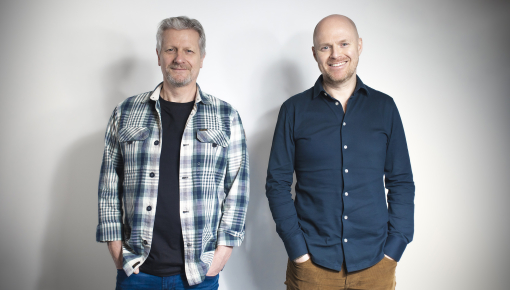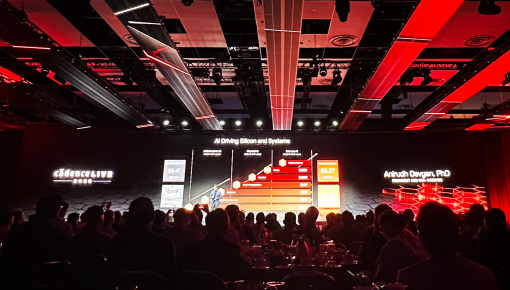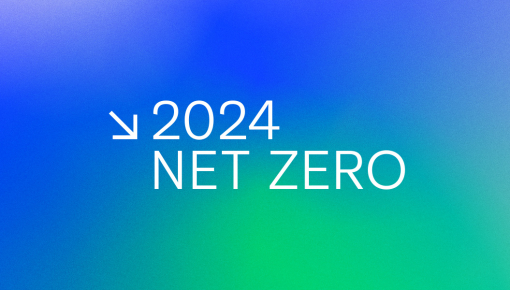Metaverse: Challenges and Opportunities
Human mentality profoundly changed with the arrival of the cell phone. Since then, a language has been created where behaviours have evolved into our current ability to interact with the world through information and communication technology. With reality extended into screens in the palm of our hands, the idea that the body is in one place has gone. And so, the metaverse is born.
This virtual universe, composed of shared worlds that people can access through multiple devices, changes our experience of the online domain within a two-dimensional frame into being completely immersed within it. As concerts in Fortnite and Roblox become more common and consumers spend real money on dressing their avatar in Gucci, the metaverse reveals itself to be more present than we think.
Designing a digital realm comes with endless possibilities, but the way the metaverse is built for it to be comfortable, accessible, and inclusive brings forth challenges and opportunities that the CES this year shined light upon, as businesses and creators took the floor.
Getting Everyone on Board
One would say that the Metaverse was accelerated as a concept by Mark Zuckerberg’s unveiling of Facebook’s rebrand to Meta in an eerie virtual replica. The response was no different to the revulsion of an uncanny valley, but as Zach Bruch, Co-founder and CEO of Recur declares:
“When you start something new, it will always be chaotic.”
Mark Curtis, Head of Innovation at Accenture Song, notes that enterprises pick up on the metaverse concept faster than consumers, as the power to influence and persuade those in closed user groups is easier. Bridging the metaverse spaces into contexts that consumers understand to ‘guide the ship’ may prove to be useful in getting them on board.
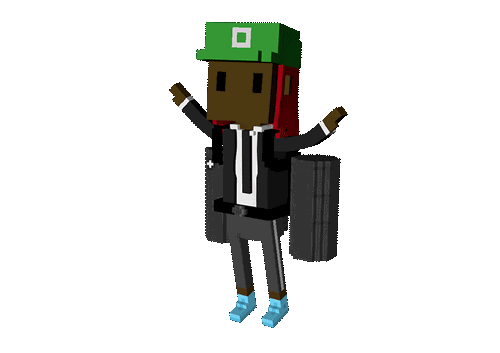
Source: jadu.ar/jetpacks
Take Jadu Jetpacks as an example – Augmented Reality (AR) NFTs that give your avatars the ability to fly in the metaverse. Today, these tokens are developed to be played in spaces like TikTok and Snapchat, with the vision of consumers directly interacting with them in the metaverse. From stored file formats into being real-time interactive tools, this product demonstrates a strategy that lubricates the consumers to disruptive concepts which would have otherwise been rejected. Betty, CEO and Co-Founder of Deadfellaz that is an Ethereum based NFT collection, finds that:
“A lot of brands do not have a fleshed-out Web3 strategy, and we can tell. They lose reputation in that space.”
Bridging Fragmented Technologies
With the exponential growth of digital platforms and services, we see a clashing of corresponding technologies due to the differences in their evolutionary stages. The lack of interoperability falters the metaverse’s ability to deliver an effortless experience for the users. How can we ensure that independent systems layer and stack to work together?
The Nth Floor is Accenture’s onboarding metaverse that enables geographically distributed workforce to meet, learn, and collaborate with one another. The ecosystem has held over 4000 events and has received a satisfaction rating of 4.7/5 from the employees. The ‘bridging’ of the multiple platforms integrated within the Nth Floor is the interoperability that the ecosystem delivers, having enhanced the onboarding experience for over 180,000 employees worldwide.
Diversity and Inclusivity for Virtual Identities
One promise of the metaverse is that it offers an opportunity to remedy some of the mistakes of Web 2.0, such as failure of social media platforms to safeguard marginalized and underrepresented people from hateful behaviour online. As we build on the next iteration of the internet, diversity and inclusion must be a foundational requirement, not just an afterthought.
Brands are increasingly partnering with metaverse platforms to provide digital clothing, virtual spaces, and customisable avatars, tapping into what people want and offering options that aren’t currently available. Take L’Oreal’s partnership with Ready Player Me, a metaverse avatar platform for which the makeup company introduced looks that promote authenticity, inclusivity, and creativity in self-expression. L’Oreal premiered exclusive makeup and hair styles for avatar creation that can be used on more than 4000 platforms.
Partnerships such as this one provide insight into the appetite amongst consumers for virtual beauty to elevate their means for digital self-expression, reflecting the diversity of our world beyond the physical.
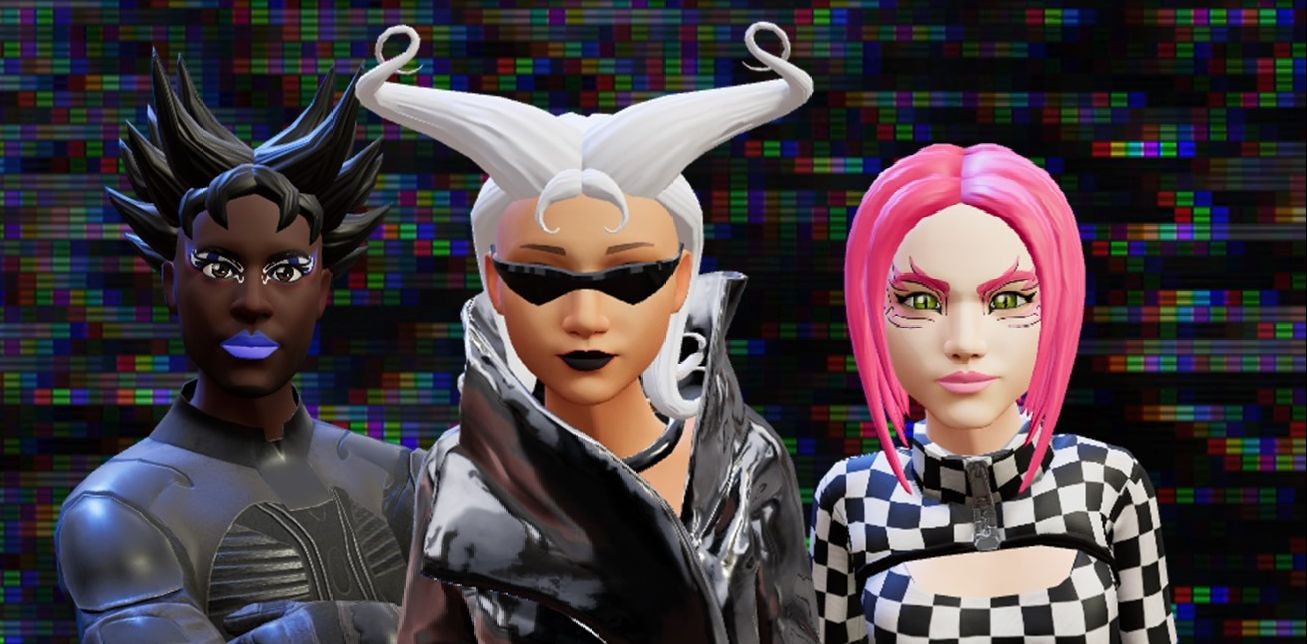
Source: salon-expert.cz
Conclusion
The metaverse is something that “is emerging gradually, then suddenly”, to quote Ernest Hemingway. As we are in the early stages of building this new world that lies within another dimension, astronomical responsibilities arise for businesses and creators to ensure that the technologies are integrable, interoperable, and inclusive. With the right measures being taken, it can offer new opportunities for the way we work, play, and interact with one another. For those who choose to ignore its presence today, however, will have a hard time entering the metaverse when it finally does emerge.

